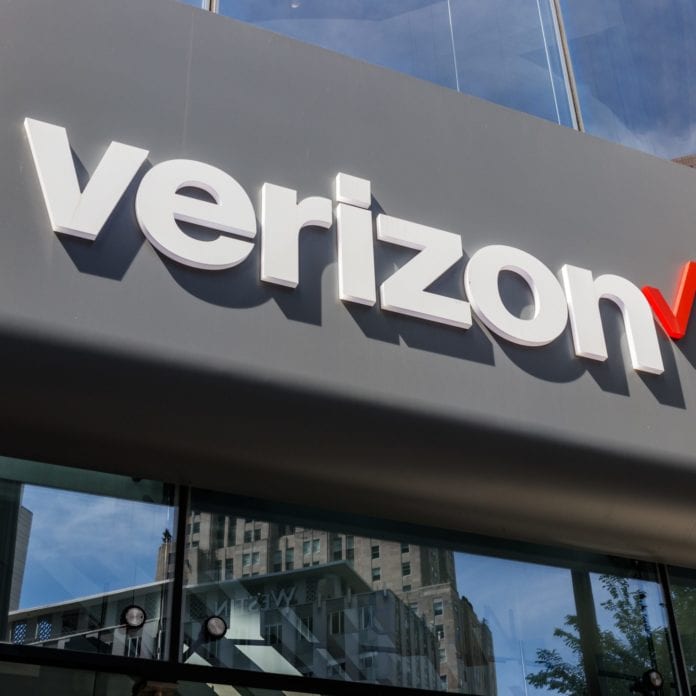Verizon reported first quarter revenue up 4% from a year ago, but that gain was marred by net phone losses of 178,000. The company reporting that its first quarter revenue was $32.9 billion, with non-GAAP earnings of $1.31 a share.
However, while Verizon’s consumer Fios business had 98,000 Internet net additions and 102,000 total Fios net additions, the company’s consumer wireless lost 326,000 retail postpaid customers, including 225,000 phone net losses.
Verizon added 156,000 business retail postpaid net additions including 47,000 net business phone adds, and its wireless unit had service revenue of $16.7 billion, up 2.4% from a year ago.
Between the consumer and business segment, Verizon posted 170,000 retail postpaid net losses including 178,000 net phone losses. Total retail postpaid churn was 0.97% in first-quarter 2021, and retail postpaid phone churn was 0.77%.
Verizon Media, which includes AOL and Yahoo properties, reported revenue of $1.9 billion in the first quarter, up 10.4% from a year ago.
“We continue with a high level of deployment of millimeter wave and fiber in the quarter,” Verizon CEO Hans Vestberg said on an earnings call. “And we’re on the track to deliver on our operational targets for the year. We brought 5G service to several additional cities. We currently have 30 5G Home and 67 5G Mobility cities live and more to come.”
Verizon spent more than $52 billion on C-Band spectrum and its associated costs, which, according to Vestberg, will be combined with the carrier’s mmWave spectrum to better “execute on all 5G opportunities; 5G Home, 5G Mobility and 5G Mobile Edge Compute.”
Vestberg also highlighted the carrier’s first European private 5G deal with Associated British ports and the expansion of its 5G and MEC partnership with AWS.
Looking ahead, the company expects service and other revenue growth of at least 2%, including total wireless service revenue growth of at least 3%. The company also expects capital spending to be in the range of $17.5 billion to $18.5 billion, including the further expansion of 5G mmWave in new and existing markets, the densification of the 4G LTE wireless network to manage future traffic demands and the continued deployment of the company’s fiber infrastructure.

